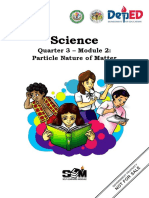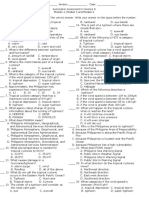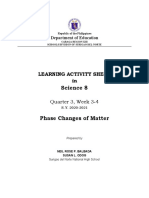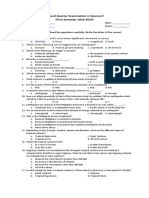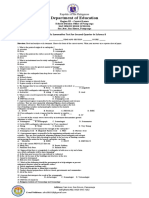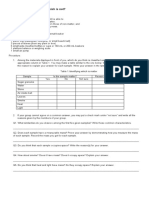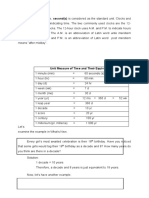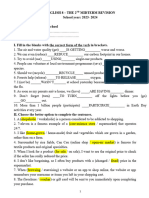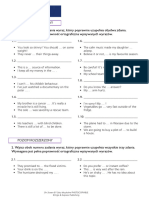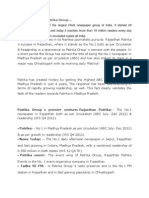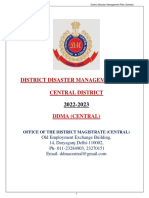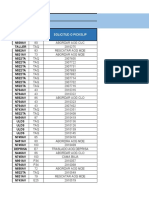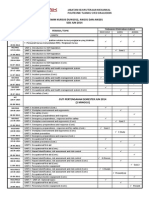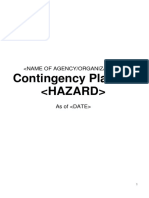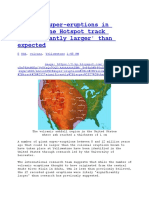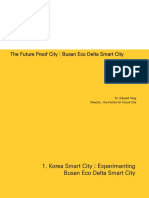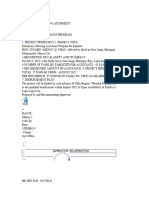0% found this document useful (0 votes)
4K views16 pagesScience Grade 8: Quarter 2 - Module 7
This document provides information and instructions for a Grade 8 science performance task module focusing on earthquake and typhoon preparedness. The module contains 4 learning objectives relating to decision making regarding building locations, creating emergency plans and kits, demonstrating safety precautions during typhoons, and participating in risk reduction activities. Students are given a 15 question quiz to test their existing knowledge on the topics before proceeding with module activities which will be assessed using a provided rubric focusing on response quality, work attitude, neatness, and organization. The document also includes a word scramble activity using key terms from the module.
Uploaded by
Elsie GalvezCopyright
© © All Rights Reserved
We take content rights seriously. If you suspect this is your content, claim it here.
Available Formats
Download as PDF, TXT or read online on Scribd
0% found this document useful (0 votes)
4K views16 pagesScience Grade 8: Quarter 2 - Module 7
This document provides information and instructions for a Grade 8 science performance task module focusing on earthquake and typhoon preparedness. The module contains 4 learning objectives relating to decision making regarding building locations, creating emergency plans and kits, demonstrating safety precautions during typhoons, and participating in risk reduction activities. Students are given a 15 question quiz to test their existing knowledge on the topics before proceeding with module activities which will be assessed using a provided rubric focusing on response quality, work attitude, neatness, and organization. The document also includes a word scramble activity using key terms from the module.
Uploaded by
Elsie GalvezCopyright
© © All Rights Reserved
We take content rights seriously. If you suspect this is your content, claim it here.
Available Formats
Download as PDF, TXT or read online on Scribd
/ 16












